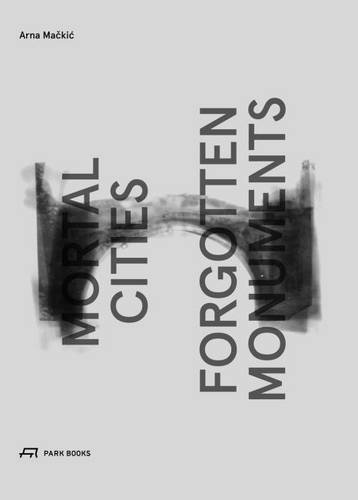
Categorii: Neclasificat
Limba: Engleza
Data publicării: 2017
Editura: University of Chicago Press
Tip copertă: Hardcover
Nr Pag: 160
ISBN: 9783038600091
Dimensiuni: l: 17.8cm | H: 22.9cm

The new book also features Mackic's her proposal for restoring cultural memory through architecture, applying a new open design language that goes beyond political, religious, or cultural interpretations. It outlines options for design interventions in urban space, rooted in ancient traditions while constructively aiming at the future.